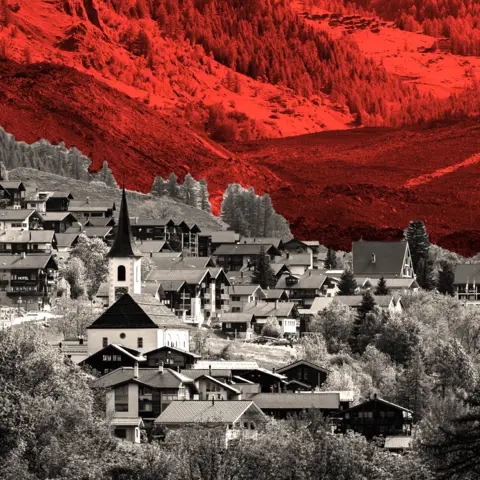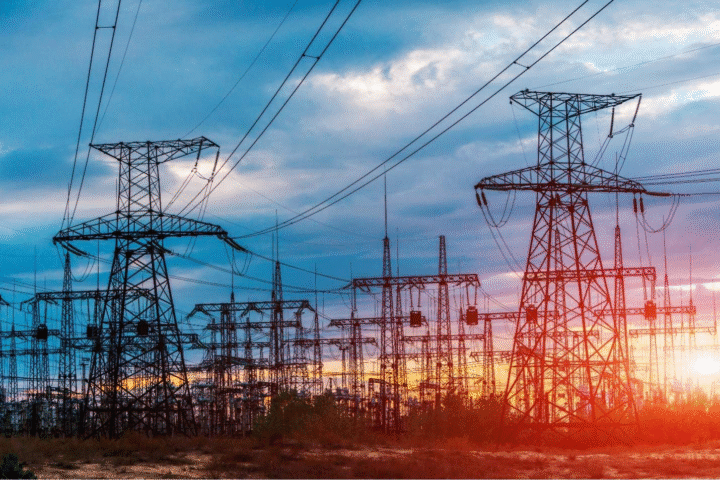High in the Swiss Alps, the once-picturesque village of Blatten now lies buried beneath millions of tons of rock, ice, and mud after a catastrophic landslide. The disaster, triggered by the destabilization of melting glaciers and thawing permafrost, has forced residents to confront an agonizing question: Should their home be rebuilt at enormous expense, or is retreat the only viable option?
A Village Erased
For generations, Blatten stood nestled in the Loetschental Valley, its wooden chalets and winding alleys a testament to centuries of alpine tradition. But in a matter of minutes, it vanished.
Lukas Kalbermatten, whose family ran a hotel for three generations, recalls the shock of losing not just a business but a way of life. “The alleys where we played as children, the church where we gathered—gone,” he says. Now, like many others, he lives in temporary housing in nearby Wiler while authorities assess the damage.
Matthias Bellwald, mayor of a neighboring village, oversees the massive cleanup. He estimates the first homes could be rebuilt by 2029, but the price tag is staggering—potentially exceeding $1 million per resident. While donations and government aid have poured in, skepticism lingers over whether such an investment makes sense in an era of increasing climate instability.
A Growing Threat
Scientists warn that Blatten’s fate may not be an isolated incident. As global temperatures rise, glaciers retreat and permafrost—the frozen “glue” holding alpine slopes together—thaws, making landslides more frequent and unpredictable.
Matthias Huss, a glaciologist, explains that climate change played a direct role in Blatten’s collapse. “The summit destabilized as permafrost melted, and the shrinking glacier could no longer support the mountain’s weight,” he says. Similar risks loom over other Swiss villages, forcing tough decisions about evacuation and relocation.
The Cost of Preservation
Switzerland already spends nearly $500 million annually on protective measures like dams and reinforced slopes. But a 2007 study suggested true safety could require six times that amount. Some argue that funneling vast sums into rebuilding vulnerable communities is unsustainable.
An editorial in a major Swiss newspaper recently questioned whether taxpayers should indefinitely subsidize high-risk mountain villages, calling it an “empathy trap.” Others, however, see it as a fight to preserve national identity.
Heimat: More Than Just a Home
For many Swiss, the concept of heimat—a deep-rooted connection to one’s birthplace—transcends economics. Kalbermatten, who still dreams in his valley’s dialect, fears that abandoning these villages means losing irreplaceable culture, from traditional wooden masks to centuries-old dialects.
Yet as landslides grow more frequent, resilience may require adaptation. Boris Previsic, an alpine culture expert, argues for a middle path: better preparedness, but also acceptance that some areas may need to be evacuated permanently. “You cannot hold back the whole mountain,” he says.
Determination Amid Devastation
In Wiler, cleanup crews work tirelessly, hauling debris with helicopters and military support. Insurance agents meet displaced residents, documenting losses over coffee. Despite the uncertainty, a stubborn resolve persists.
“We knew the mountains were dangerous,” says Bellwald. “Our ancestors lived with that risk. So will we.”
But as climate change reshapes the Alps, Switzerland faces a painful reckoning: How much is it willing to pay to preserve a vanishing way of life?









